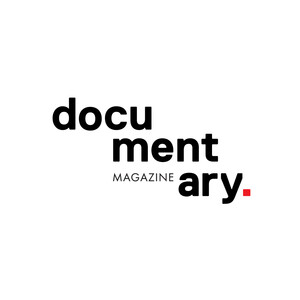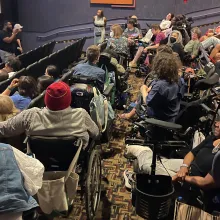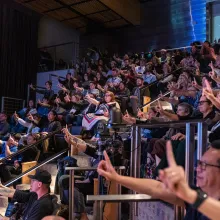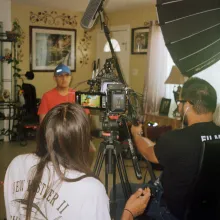In 2008 and 2019, in Documentary magazine, I published documentary budgeting articles and budget templates that have been read and used widely all over the world. I’m thrilled to return with a big update that includes: (1) a fully revised budget template that has been updated for 4K and streamer deliveries; (2) for the first time, a schedule template; (3) numerous new budget line items related to accessibility for film crews, participants, and audiences; and (4) a bigger reorganization to make the template more flexible and universal. The article has also been expanded and extensively rewritten.
Accessibility Issues
When good intentions meet bad assumptions on the film festival circuit Editor’s Note: The writers are the co-directors and executive producers of The
In a world rent asunder, conference speakers thrust documentary ethics into reality.
Since Pedro and I first started filming unseen in May 2016, I’ve always told him that my main audience for our film is no one else but him. After all, unseen is about his life and his decade-long journey to become a social worker. What makes the pursuit of this goal not so straightforward is the fact that Pedro is blind. If Pedro is truly my main audience, how can I make a film (arguably a primarily visual medium) not only accessible for him but, more so, enjoyable?
During Ranell Shubert’s first eight-year span on staff at IDA, she has had the opportunity to work across many departments, giving her a unique
Winner of the Directing Award for US Documentary at this year’s Sundance Film Festival, Reid Davenport’s debut feature, I Didn’t See You There, is
IDA is proud to announce an exciting new partnership with Rev as our official accessibility partner! Rev provides an array of services for documentary

I attended my first conference in yoga pants and a t-shirt with snacks and a coffee mug on my desk, a cat and dog, and stretch breaks whenever I wanted.

Take a moment to imagine the following scenario. You open up your laptop, log in, launch your web browser... and then your screen goes blank. “The

Getting Real ‘20, our biennial conference on documentary media, happened from September 9 through Oct 3. On the opening day, we joined “ Expanding











